McPartland JM, Brodeur RR, Hallgren RC, JMPT 1997 Jan;20(1):24-9
This study was completed at the University of Michigan and looked at 7 chronic neck pain patients and 7 controls.
The purpose of the study was to examine the relationship between chronic neck pain, standing balance and sub-occipital (the base of the skull) muscle atrophy.
Palpation was used to determine any somatic dysfunction (misalignment) of the upper cervical spine (top of the neck), a force platform was used to measure standing balance, and MRI was used to examine fatty infiltration (evidence of injury and disfunction) of the sub-occipital muscles.
The study found that chronic neck pain patients have almost twice the amount of somatic dysfunction (tenderness, asymmetry of joint position, restriction in range of motion, and tissue texture abnormality) as compared to normal subjects.
The greatest changes where noted at C0-C1 (where your skull meets your neck) joints and the authors concluded that this area needed the greatest amount of consideration during evaluation. (IE upper cervical chiropractic)
Further the study showed that chronic neck pain patients demonstrated a decrease standing balance using a force plate, and MR imaging indicated that they had increased atrophy of rectus capitus posterior minor and rectus capitus posterior major.
The authors also have a wonderful discussion with a compelling hypothesis of the far reaching implications of chronic neck pain…
“Somatic dysfunction can cause a sustained facilitation of motor neurons and reflex contraction of muscles, which may lead to impaired circulation and localized tissue ischemia, followed by atrophic changes in muscles and fatty degeneration. Muscle atrophy and degeneration have been associated with chronic pain. Muscles in the cervical region also contain a high density of muscle spindles… Atrophy of these muscles might reduce proprioceptive input into the dorsal horn of the spinal cord and higher centers… A reduction of proprioceptive input might result in facilitation of neural activity which is perceived by the patient as chronic pain.”
In review: Misalignment of the upper neck causes changes in the muscles and nerves in that area that affect your standing balance! Standing balance influences your posture, your posture contributes to breathing, hormone production, blood pressure, and more because it’s all connected! Further, the longer you have the neck pain the more negative changes develop.



